 Back
Back
VRP (Variable Recurring Payment) – Helping to reduce financial vulnerability?
VRP APIs are being implemented by the UK’s 9 largest banks to enable customers to freely sweep money between their accounts following a ruling by the Competition and Markets Authority (CMA) in July. In practice, that could help people avoid overdraft fees or increase their automated savings.
by Kat Cloud, UK Policy Lead, Plaid
This is a major step forward and a win for both consumers and businesses as the CMA continues to create more competition across the banking sector. Through this change, consumers and business owners can feel more confident in their money management without fearing unnecessary, not to mention avoidable, charges.

What are VRPs?
Like a direct debit, where a business is able to collect recurring payments from the same customer without permission for every payment, VRPs offer businesses and consumers a similar process through open banking. Banks integrating the VRP API will enable third party providers (TPPs) to initiate variable payments at variable times, without getting the permission from the consumer every single time. As with the overarching mission for open banking, VRPs are intended to create a seamless and frictionless experience for customers.
One of the most common use cases of VRP APIs is sweeping, also known as me-to-me payments, which use TPPs accessibility across different accounts to understand where people can seamlessly transfer money from one account to another. From a consumer perspective, there are many practical applications for this, such as transferring money into an account to prevent dipping into an overdraft therefore avoiding fees, or topping up a savings account by transferring the leftover cash from a coffee purchase.
How can VRP APIs help to eradicate financial vulnerability?
The VRP mandate is the latest move in protecting customers while helping them to lead healthier financial lives. Indeed, as open banking continues to foster an environment where consumers and businesses have access to a wide range of financial products and services, the VRP API is the next step in creating a seamless financial ecosystem that reduces stress, confusion and saves time.
For those in a vulnerable financial situation, the VRP mandate will help them to monitor and manage their accounts. For example, if a consumer has insufficient funds in one account, VRP APIs can transfer money over from another account to prevent them entering an overdraft. Given its smart nature, the API has the capability to move money seamlessly, without constant permissions. In turn this helps prevent consumers from being charged high overdraft fees and penalties, all while creating a pathway to a more secure financial situation.
What’s next?
Once again, the UK is leading the pack against its EU counterparts in creating a fairer financial system through the power of technology, while at the same time maintaining the central ethos of open banking – putting the consumer back at the heart of the financial ecosystem.
Looking ahead, VRPs will certainly have broader use cases in the future. As the process is like direct debit payments, we can expect to see variable payments for utilities bills, investment accounts, subscriptions and more. As we continue to transition towards open finance, the VRP ruling is an important step in promoting financial democracy while helping to eradicate financial vulnerability.
IBSi News
Get the IBSi FinTech Journal India Edition
- Insightful Financial Technology News Analysis
- Leadership Interviews from the Indian FinTech Ecosystem
- Expert Perspectives from the Executive Team
- Snapshots of Industry Deals, Events & Insights
- An India FinTech Case Study
- Monthly issues of the iconic global IBSi FinTech Journal
- Attend a webinar hosted by the magazine once during your subscription period
₹200 ₹99*/month
* Discounted Offer for a Limited Period on a 12-month Subscription
IBSi FinTech Journal
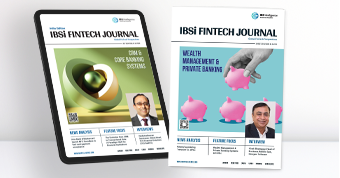
- Most trusted FinTech journal since 1991
- Digital monthly issue
- 60+ pages of research, analysis, interviews, opinions, and rankings
- Global coverage
Other Related Blogs
July 10, 2025
Digital credit as the new emergency fund: how millennials are redefining financial resilience
Read MoreJune 27, 2025
Intelligent payment orchestration – why 2025 is an inflection point for banks in Europe
Read MoreRelated Reports
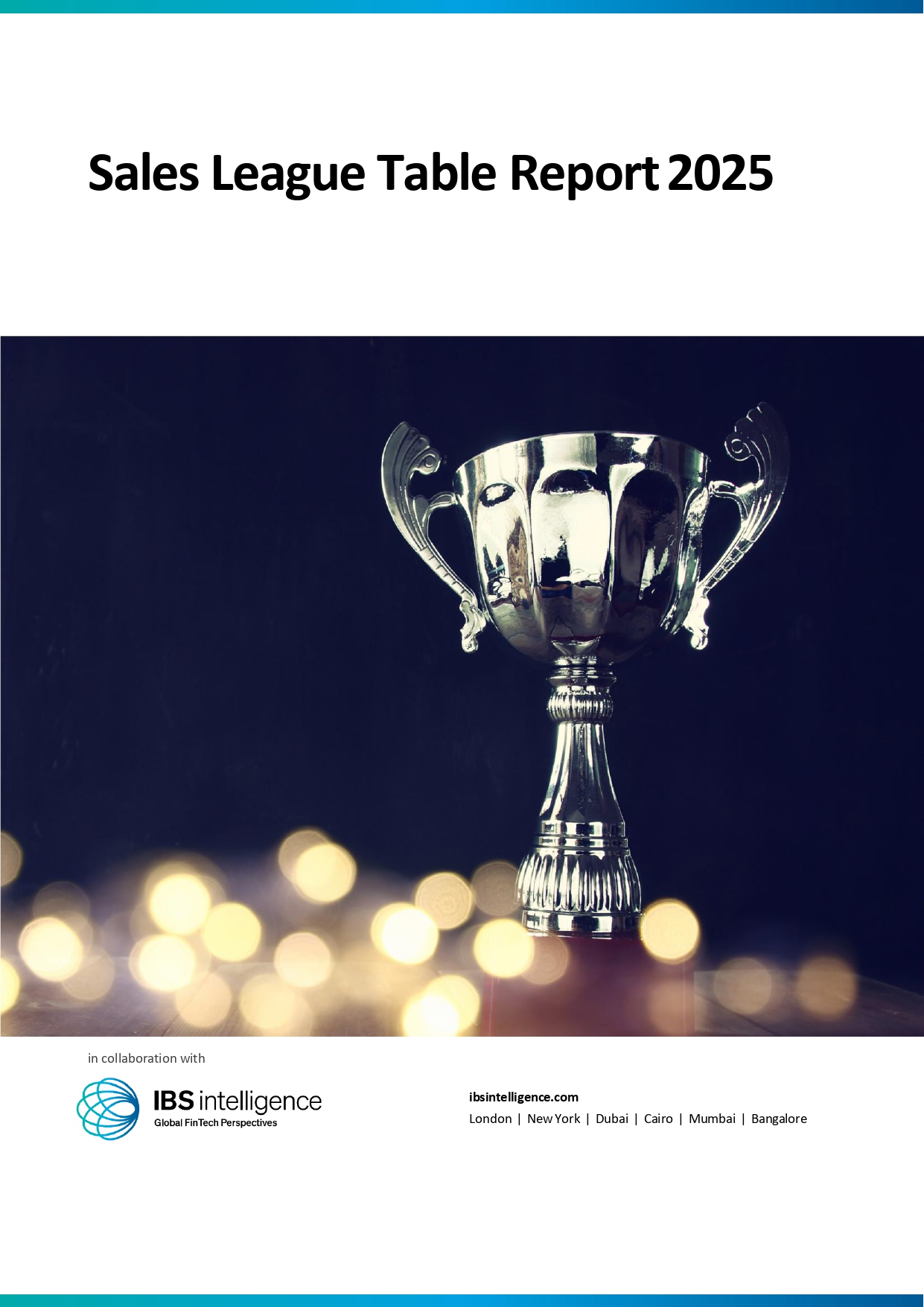
Sales League Table Report 2025
Know More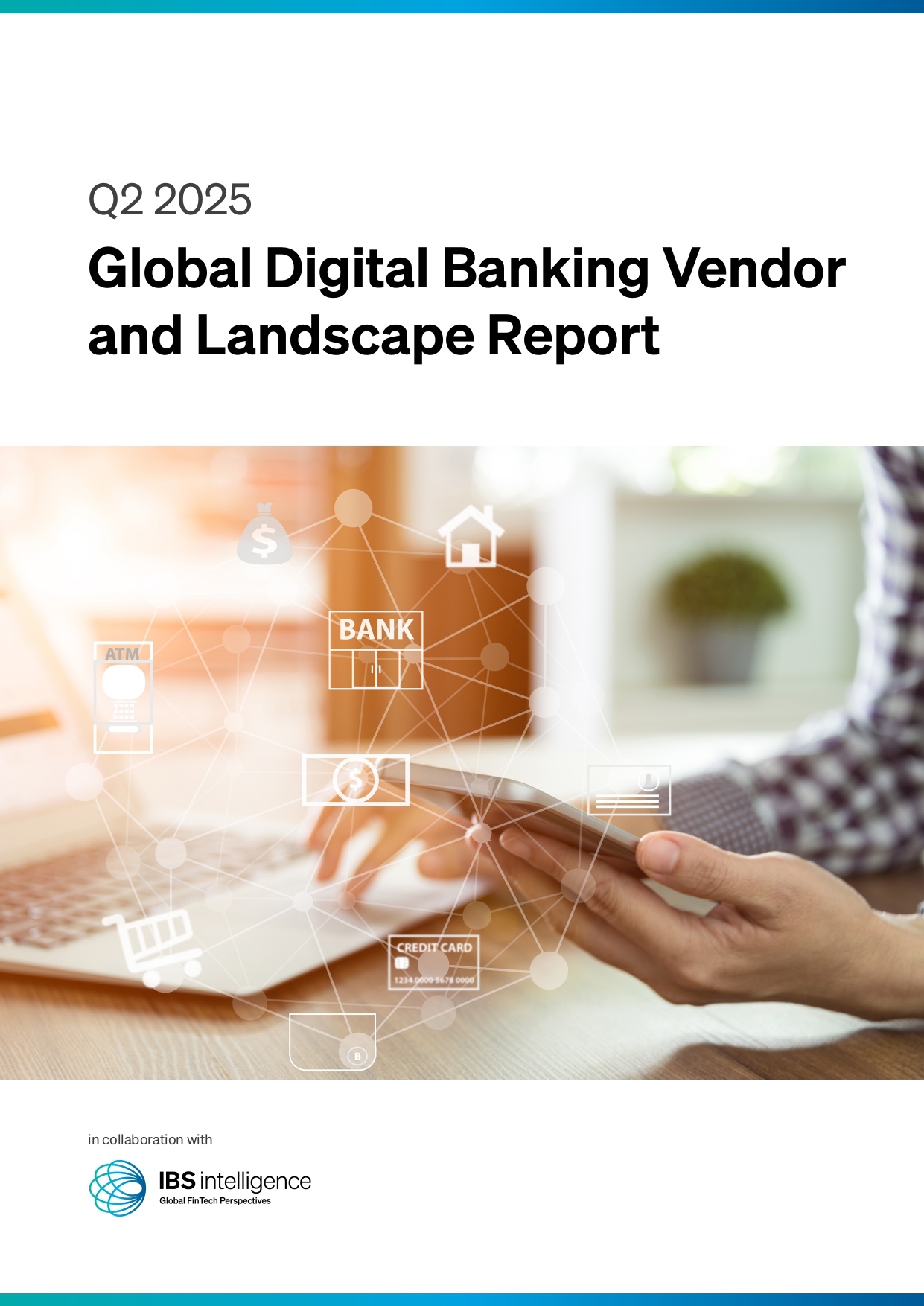
Global Digital Banking Vendor & Landscape Report Q2 2025
Know More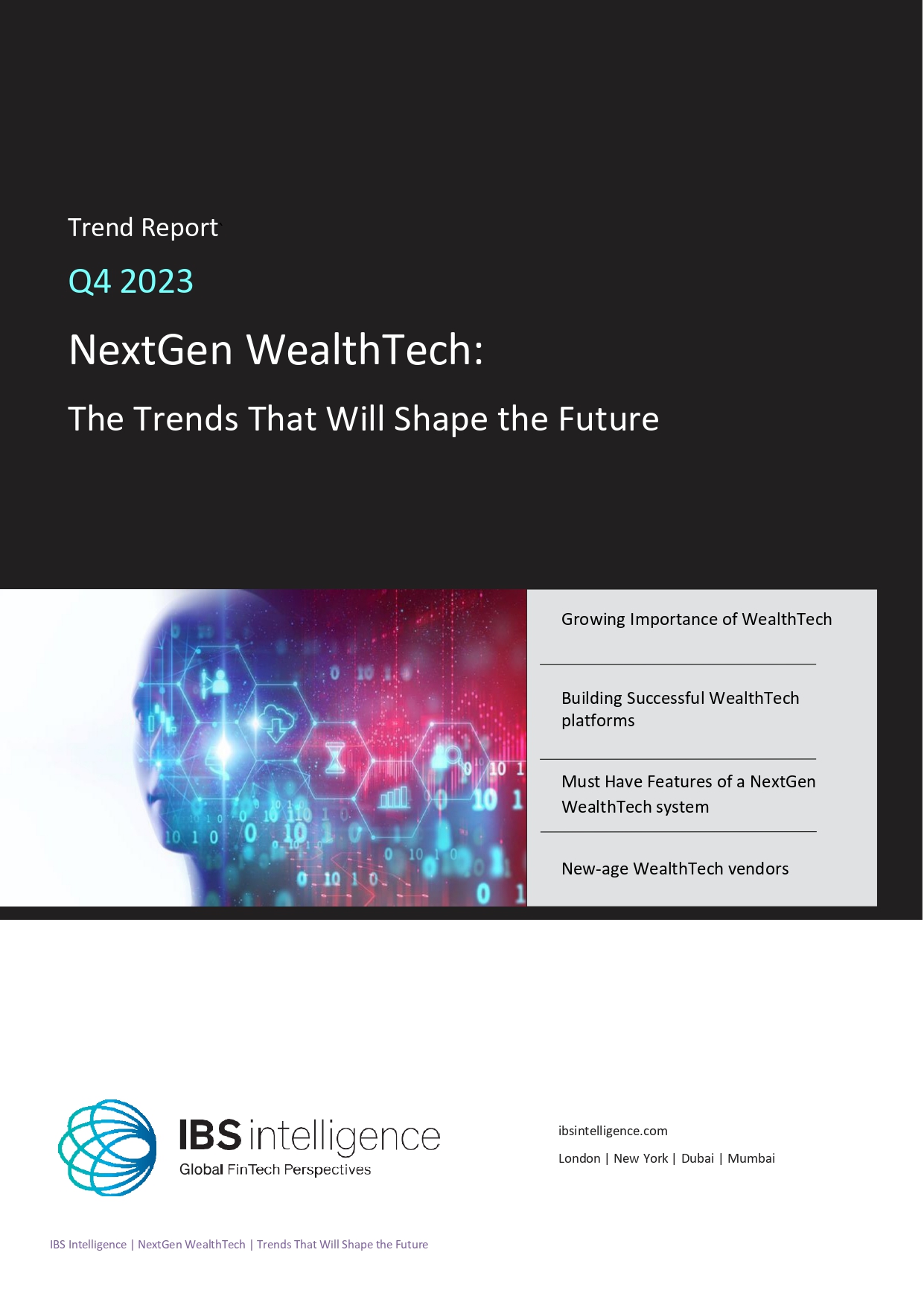
NextGen WealthTech: The Trends To Shape The Future Q4 2023
Know More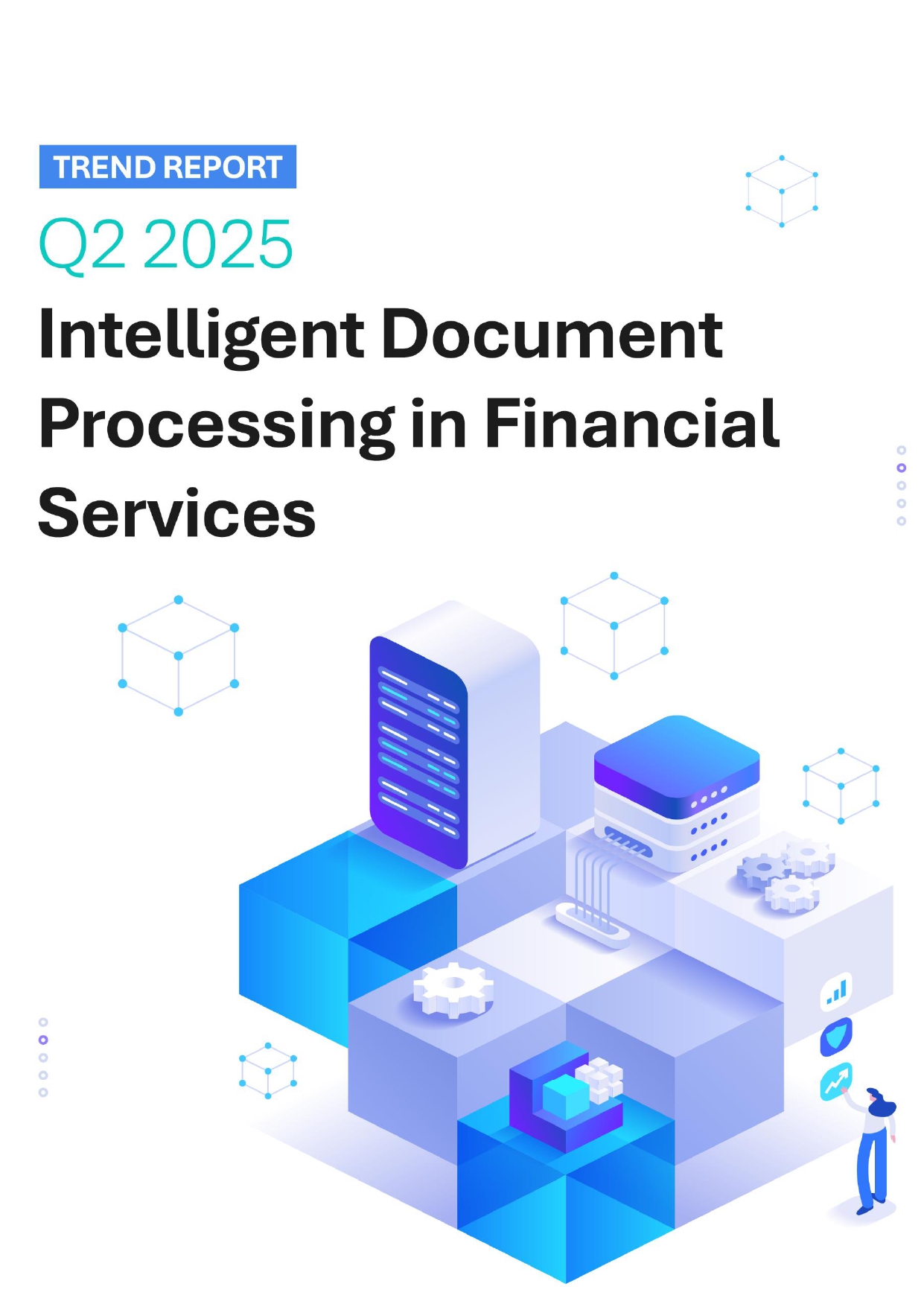
Intelligent Document Processing in Financial Services Q2 2025
Know More

